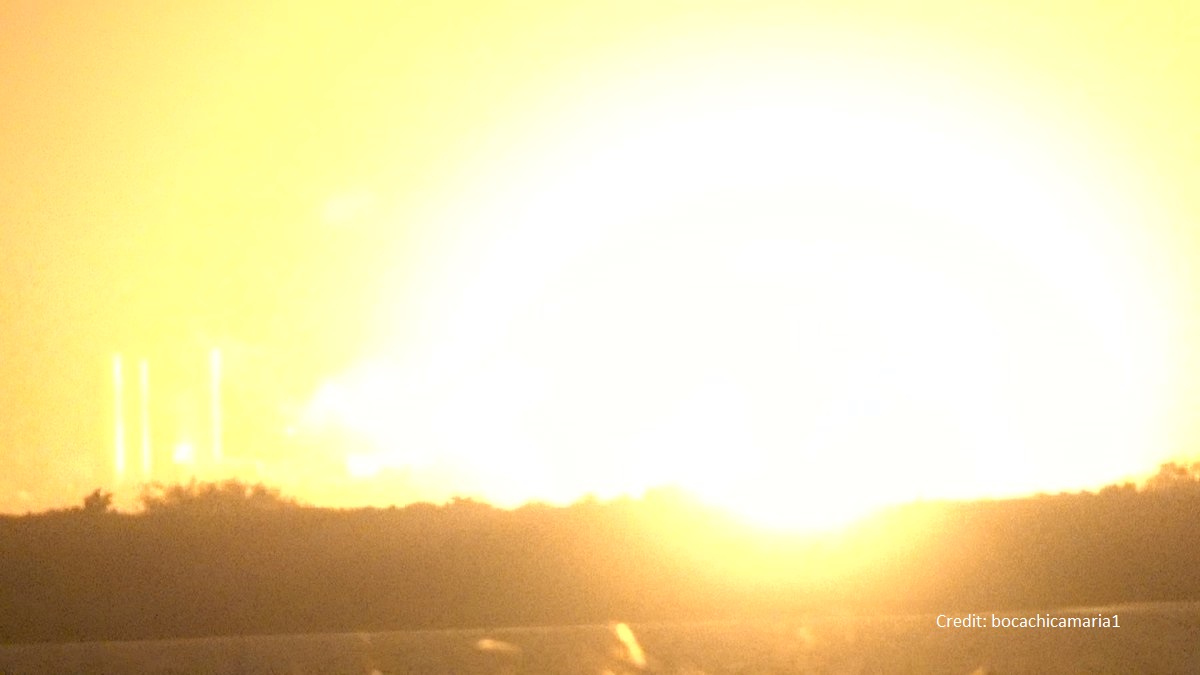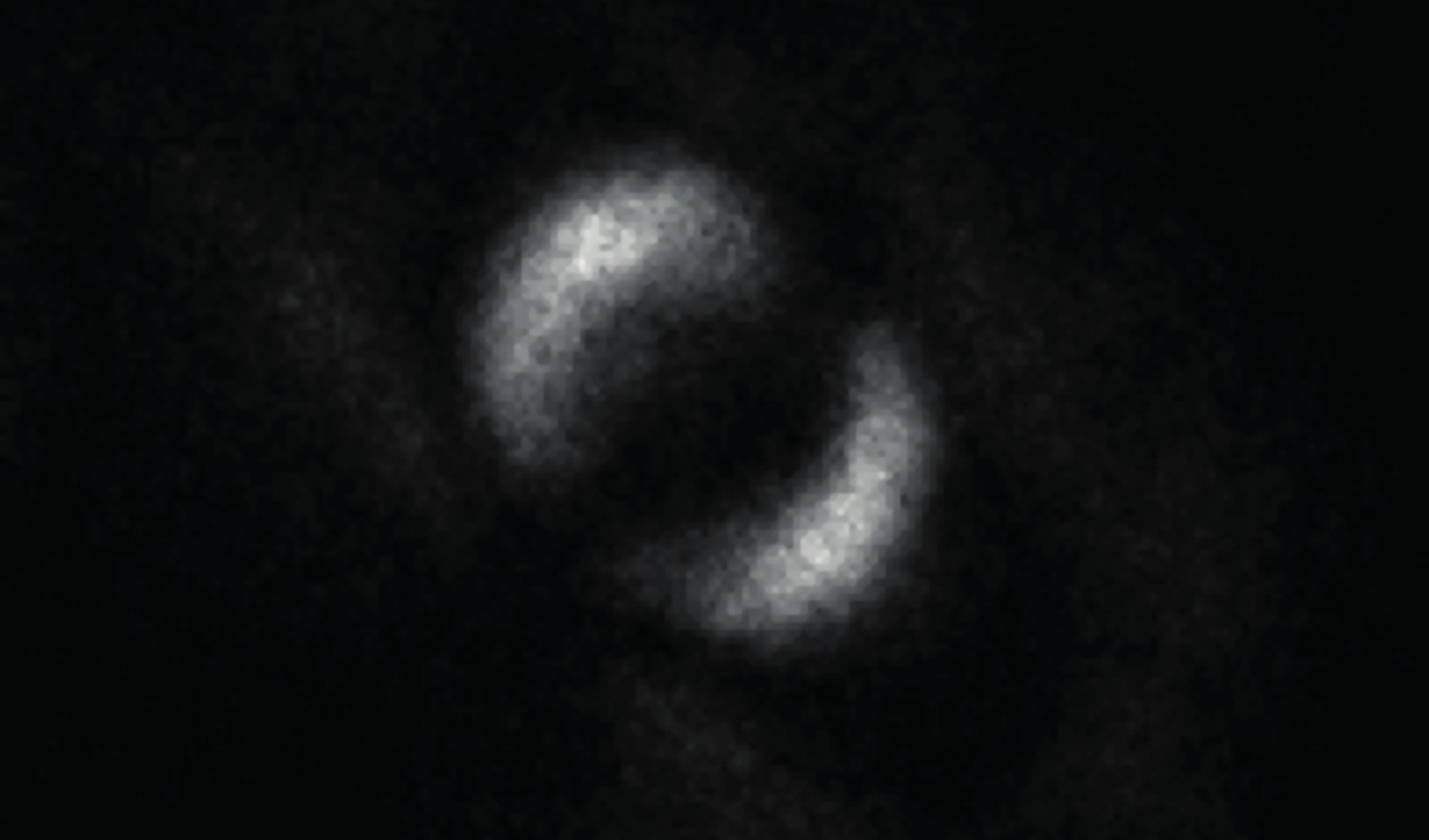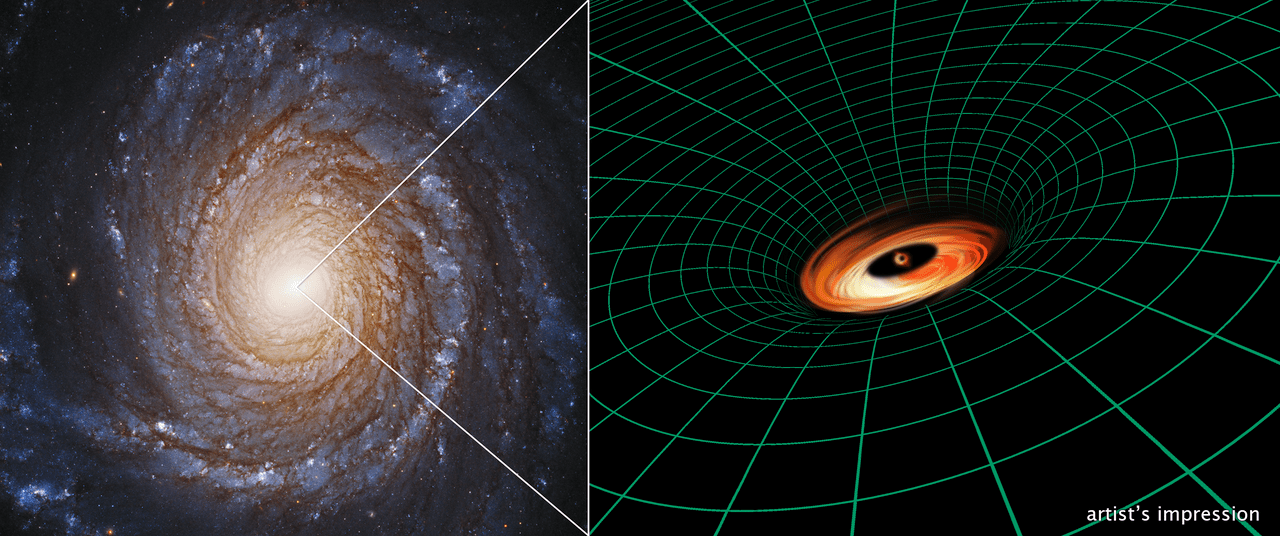Score one for SpaceX! Last night (Thursday, July 25th), after multiple delays that were causing no shortage of stress and concern, Elon Musk’s aerospace company succeeded in conducting their first untethered test with the Starhopper. This test once again validated the engine that will power the full-scale and fully-reusable Starship and its Super Heavy launch system that will fulfill Musk’s promise of sending people to the Moon and to Mars.
Continue reading “Big News! SpaceX’s Starhopper Test Vehicle Completes First Free Flight!”First Free Flight of SpaceX’s Starhopper Aborted After Engine Fire
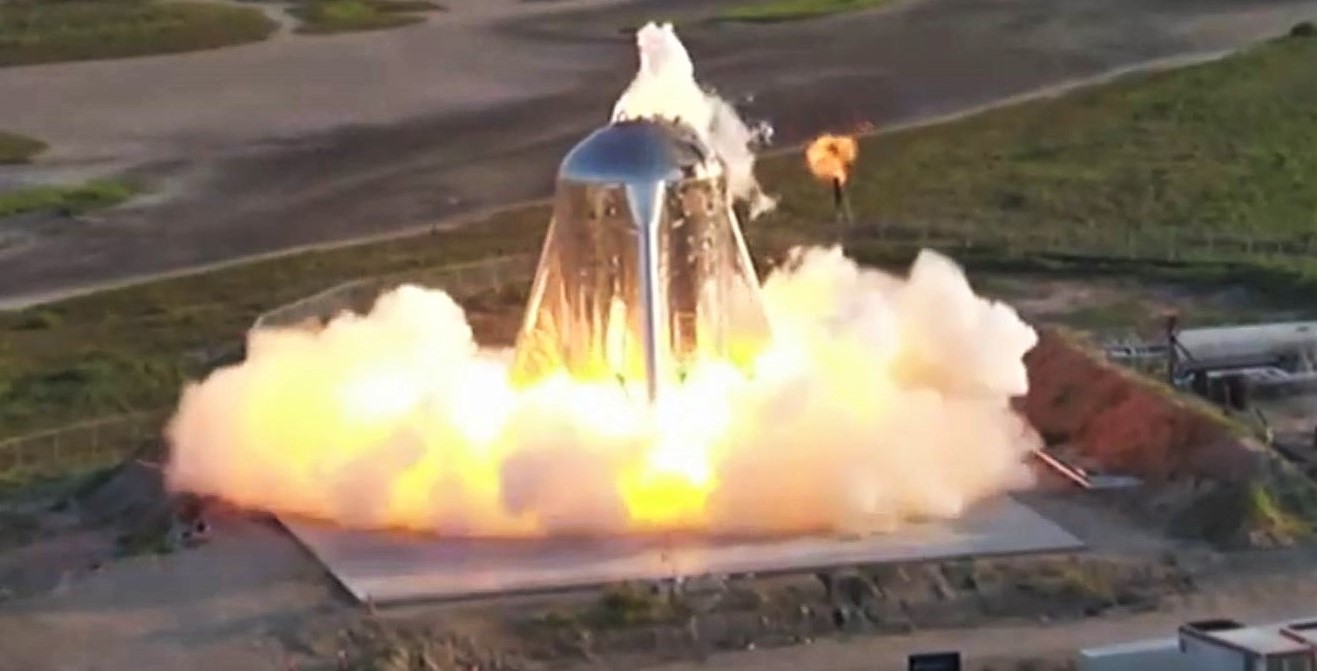
Yesterday, on Wednesday, July 24th, the prototype test vehicle for the Starship (the Starhopper) commenced its first untethered “hop test” at the company’s test facility in Boca Chica, Texas. This test is an important milestone for SpaceX, intended to validate the Raptor engine in free flight and bring the company one step closer to creating the super-heavy launch system that will allow for trips to the Moon and Mars.
Unfortunately, the ground team was forced to abort the test due to a fire that began shortly after engine ignition. This comes shortly after a static fire test that took place last Tuesday, July 16th where the newly-installed Raptor engine erupted in a sudden and unexpected fireball. Though no damage appears to have been caused (again, thankfully!), this latest flare-up represents another technical glitch and another delay for the Starship.
Continue reading “First Free Flight of SpaceX’s Starhopper Aborted After Engine Fire”China’s Tiangong 2 was Destroyed Last Week, Burning up in the Atmosphere Over the South Pacific Ocean
On Friday, July 19th, China’s Tiangong-2 (“Heavenly Palace”) space laboratory successfully entered Earth’s atmosphere under controlled conditions and burned up above the South Pacific Ocean. This marked the successful completion of all of Tiangong-2’s tasks, which constituted China’s second attempt at testing their capability to conduct research and human operations in Low Earth Orbit (LEO).
Continue reading “China’s Tiangong 2 was Destroyed Last Week, Burning up in the Atmosphere Over the South Pacific Ocean”VP Pence Unveils the Spacecraft that will Take Astronauts Back to the Moon in 2024!
In accordance with Space Policy Directive-1 – which was issued on December 11th, 2017 – NASA is busy developing all the necessary hardware to return astronauts to the Moon. On March 26th, 2019, NASA was officially directed to expedite the process and land the first astronauts of the post-Apollo era around the lunar South Pole by 2024. This mission is named Project Artemis, who is the twin sister of Apollo in Greek mythology.
Over the weekend, Vice President Mike Pence visited the Neil Armstrong Operations and Checkout Building at NASA’s Kennedy Space Center in Florida to commemorate the 50th anniversary of the Apollo 11 Moon Landing. The occasion also saw the unveiling of the Orion crew capsule that will be used for the first Artemis lunar mission. The event, therefore, served as both a retrospective and a look at the future of lunar exploration.
Continue reading “VP Pence Unveils the Spacecraft that will Take Astronauts Back to the Moon in 2024!”Starship Prototype Catches Fire After a Recent Test, But Appears Undamaged
The year of 2019 has not been very kind to SpaceX so far. Back in April, the company lost one of its new Crew Dragon capsules when an explosion occurred during a static firing test of their In-Flight Abort test vehicle. Earlier this week, the company revealed that they had determined the cause of the explosion, saying that it was due to a nitrogen tetroxide leak that occurred just prior to the final test.
And now, just a few days later, another accident has occurred, this time involving the Starhopper test vehicle. Once again, a fire occurred shortly after the vehicle conducted an engine test; fortunately, it resulted in no injuries. However, the Starhopper appears to have come through the fire completely unscathed, though it might cause a slight delay with the vehicle’s scheduled hop tests.
Continue reading “Starship Prototype Catches Fire After a Recent Test, But Appears Undamaged”Gaia Mission is Mapping Out the Bar at the Center of the Milky Way

Despite the many advancements made in the field of astronomy, astronomers still struggle to get an accurate assessment of the Milky Way Galaxy. Because we are embedded in its disk, it is much more difficult to assess its size, structure, and extent – unlike galaxies located millions (or billions) of light-years away. Luckily, thanks to improved instruments and tireless efforts, progress
For instance, a team of astronomers recently combined the latest data obtained by the ESA’s Gaia observatory with the infrared and optical observations of other telescopes to start mapping the bar-shaped collection of stars at the center of our Milky Way. This constitutes the first time in history that astronomers have been able to make direct measurements of this barred structure.
Continue reading “Gaia Mission is Mapping Out the Bar at the Center of the Milky Way”Crew Dragon Exploded Back in April Because of a Nitrogen Tetroxide Leak
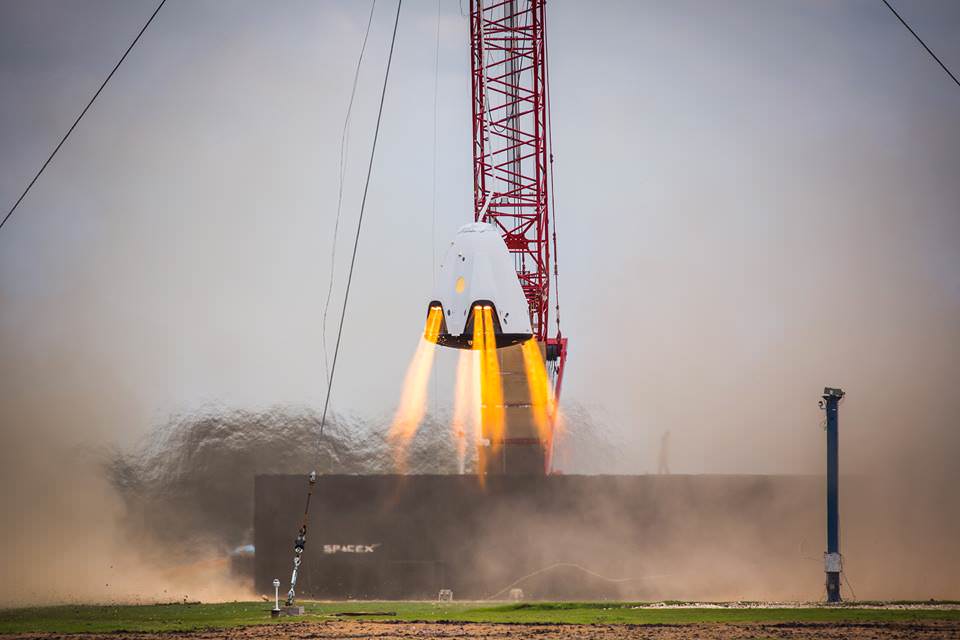
On Saturday, April 20th, 2019, an explosion took place on SpaceX’s Landing Zone 1 at Cape Canaveral Air Force Station in Florida. The company was engaged in a series of static fire engine tests for their Crew Dragon‘s In-Flight Abort test vehicle. This vehicle is essential for crewed missions since it acts as a sort of ejection seat for the crew capsule in the event of an emergency.
While the initial tests of the twelve Draco thrusters on the vehicle were completed successfully, the initiation of the final test of eight SuperDraco thrusters resulted in the destruction of the vehicle. After a thorough investigation, SpaceX has concluded that the explosion was caused by a nitrogen tetroxide leak that occurred just prior to the final test.
Continue reading “Crew Dragon Exploded Back in April Because of a Nitrogen Tetroxide Leak”First Ever Image of Quantum Entanglement
During the 1930s, venerable theoretical physicist Albert Einstein returned to the field of quantum mechanics, which his theories of relativity helped to create. Hoping to develop a more complete theory of how particles behave, Einstein was instead horrified by the prospect of quantum entanglement – something he described as “spooky action at a distance”.
Despite Einstein’s misgivings, quantum entanglement has gone on to become an accepted part of quantum mechanics. And now, for the first time ever, a team of physicists from the University of Glasgow took an image of a form of quantum entanglement (aka. Bell entanglement) at work. In so doing, they managed to capture the first piece of visual evidence of a phenomenon that baffled even Einstein himself.
Continue reading “First Ever Image of Quantum Entanglement”NASA is Building Robots That Can Climb Rock and Ice Cliffs

NASA has pioneered the development of all kinds of robots and robotic systems. Beyond its0 orbiters and satellites, which have been exploring the planets and bodies of the Solar System for decades, there’s also the growing army of landers and rovers that have been exploring planetary surfaces. Aboard the ISS, they even have floating robots (like CIMON) and humanoid robot helpers – a la Robonaut and Robonaut 2.
Looking to the future, NASA hopes to build robots that can do even more. While the current generation of rovers can drive across the plains and craters of Mars, what if they could explore cliffs, polar ice caps and other hard-to-reach places? That is the purpose behind the Limbed Excursion Mechanical Utility Robot (LEMUR) that is currently being developed by engineers at NASA’s Jet Propulsion Laboratory.
Continue reading “NASA is Building Robots That Can Climb Rock and Ice Cliffs”Hubble Spots “Impossible” Debris Disk Around a Black Hole
The Hubble Space Telescope is like an old dog that is constantly teaching the astronomical community new tricks. In the course of its almost thirty years in operation, it has revealed vital data about the expansion of the Universe, its age, the Milky Way, supermassive black holes (SMBHs), other star systems and exoplanets, and the planets of the Solar System.
Most recently, an international team of researchers using Hubble made a discovery that was not only fascinating but entirely unexpected. In the heart of the spiral galaxy NGC 3147, they spotted a swirling thin disk of gas that was precariously close to a back hole that is about 250 million Solar masses. The find was a complete surprise since the black hole was considered too small to have such a structure around it.
Continue reading “Hubble Spots “Impossible” Debris Disk Around a Black Hole”



